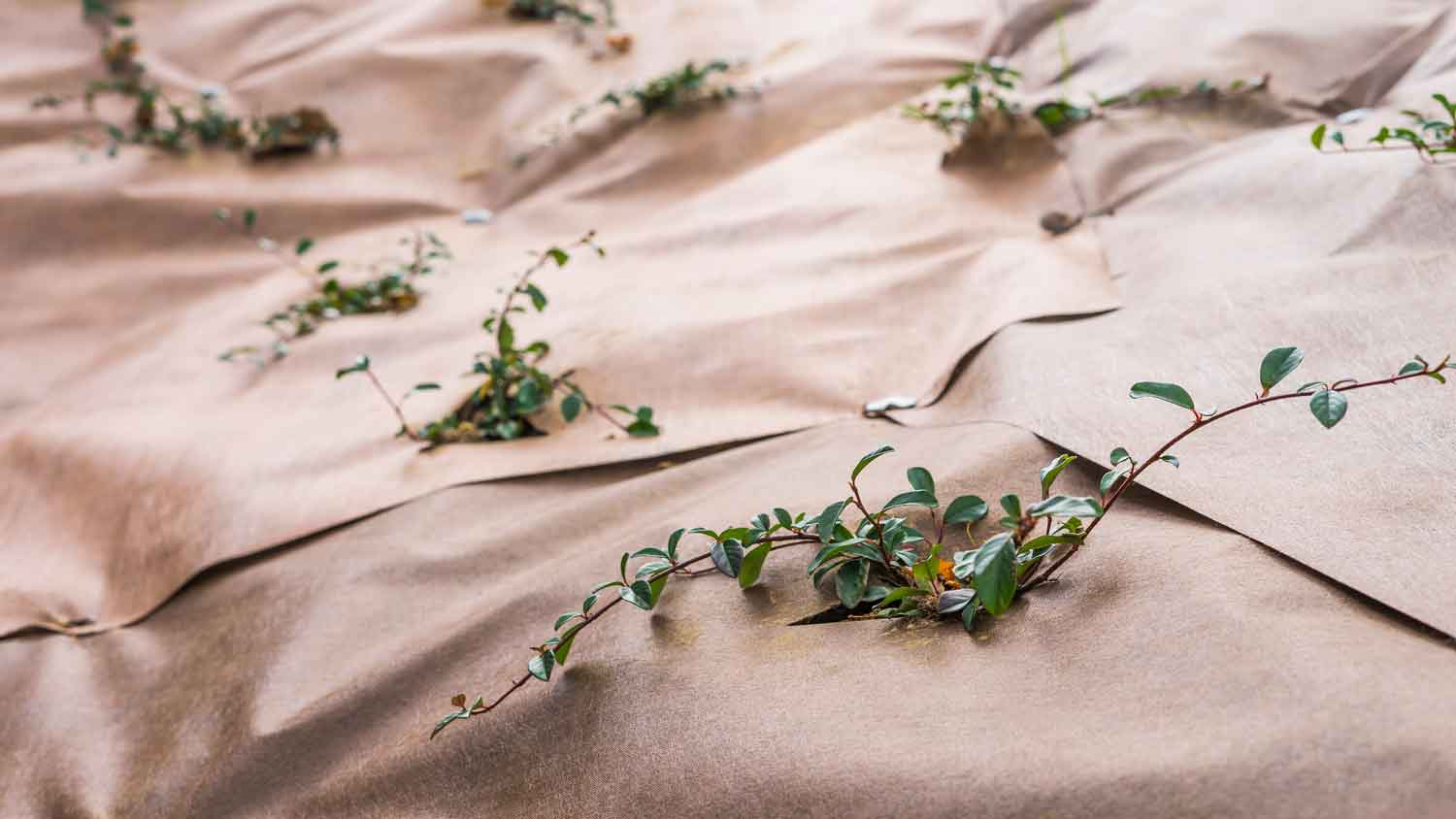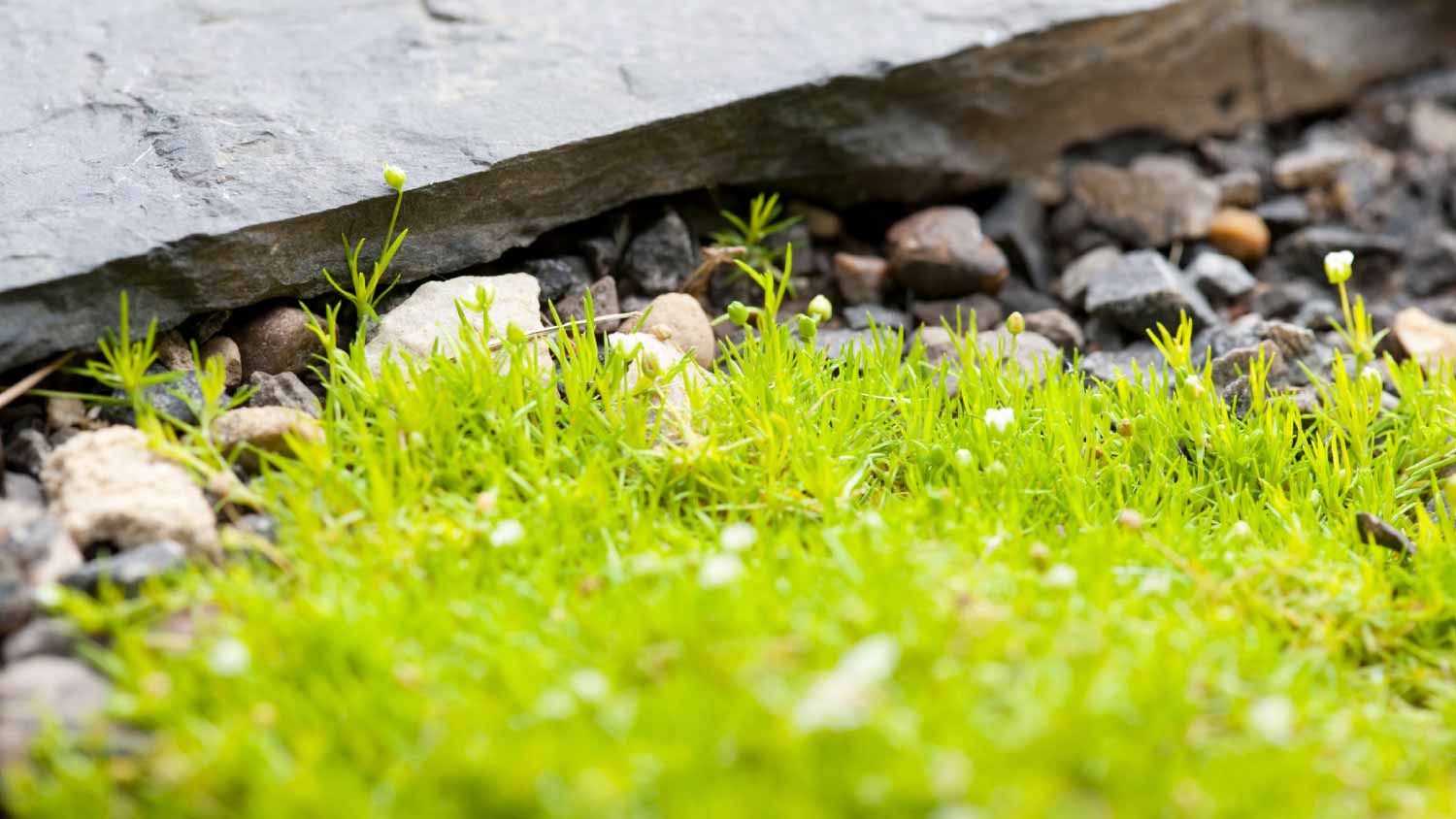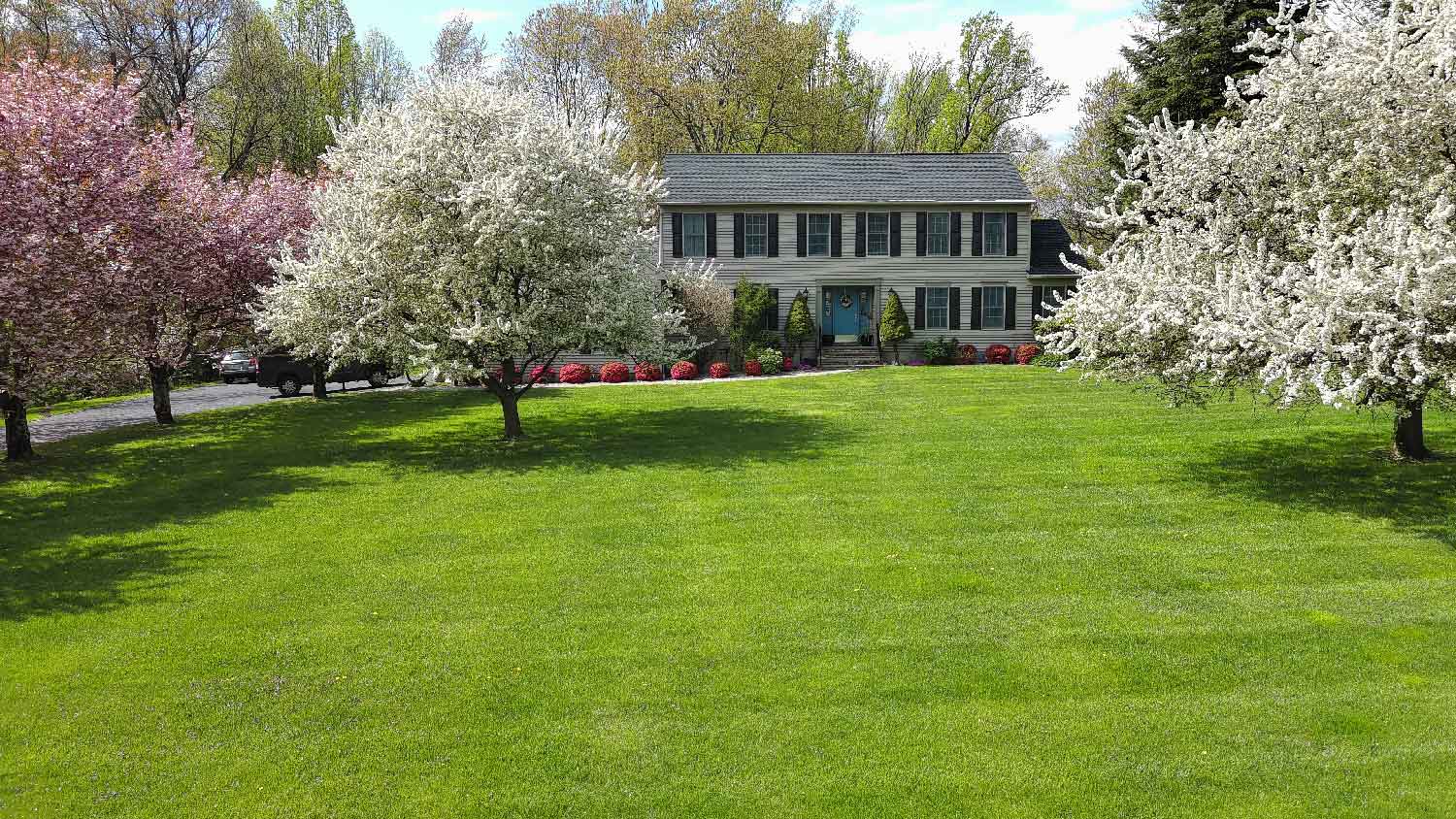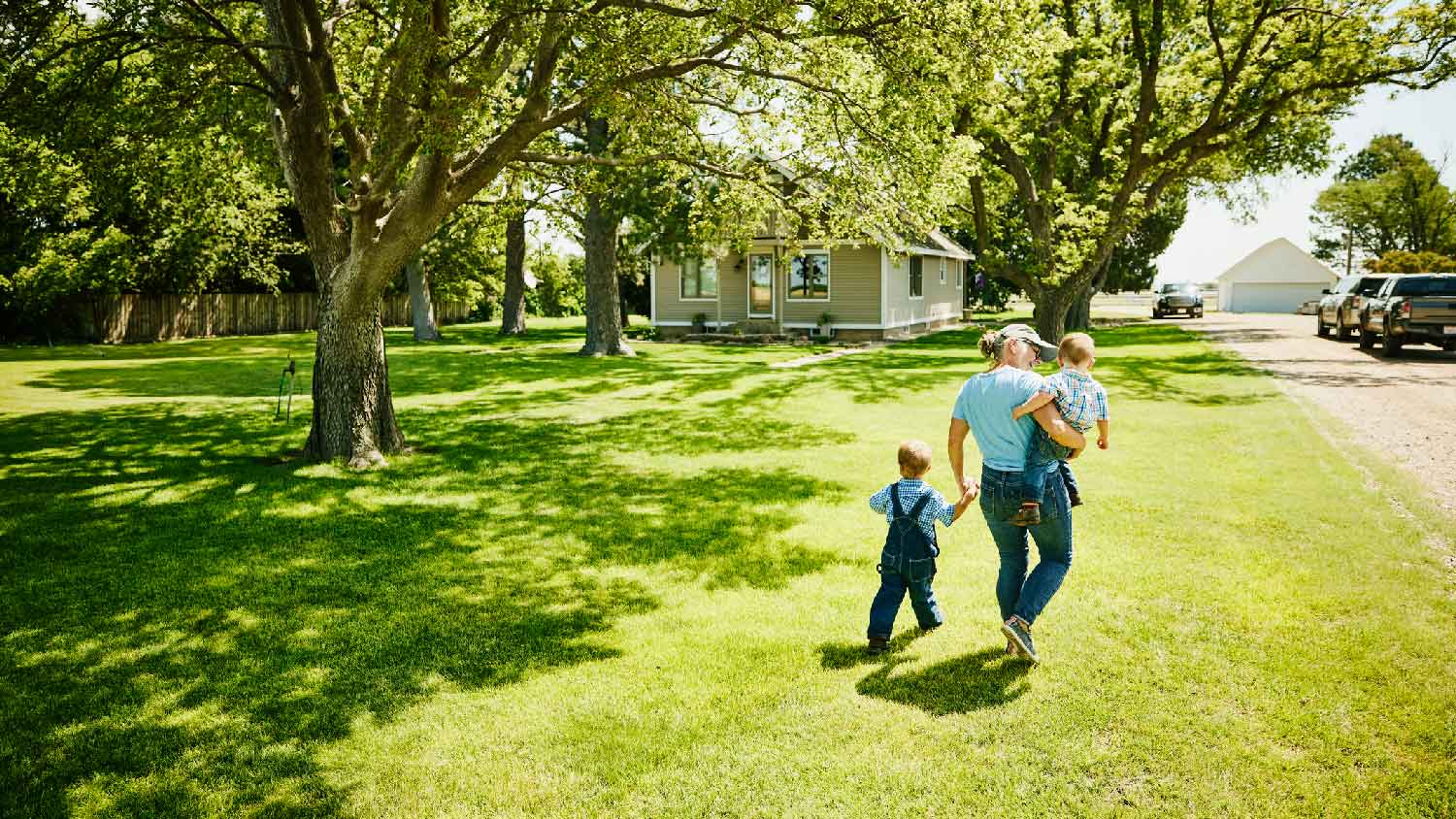Landscape Fabric: Pros, Cons, Uses, & More
Add a layer of protection against pesky weeds


Landscape fabric helps to block weeds growing from within the soil.
Landscape fabrics can also help retain moisture in soil.
These specialty fabrics aren’t 100% effective and most will wear away with time.
Always choose permeable fabrics for plants and garden beds.
If you dread tending your garden because of its never-ending battle with weeds, it’s time to call for reinforcements—and landscape fabric might be the ally you need. Landscape fabric is like a protective cloak for your garden, helping to block pesky weeds from popping up around your plants.
However, it’s not a perfect solution and won’t be ideal for every situation. Here’s what to know about landscape fabric, the pros and cons, and other alternatives for weed control around your garden and landscape.
What is Landscape Fabric?
Landscape fabrics, sometimes called weed barrier fabrics or garden fabrics, are mainly geotextiles that block weed growth while still allowing water and air to penetrate the soil. These fabrics are typically made from polyester, linen, or recycled materials, though they also come in polypropylene and other nonpermeable varieties. They’re used primarily around vegetable patches, flowerbeds, trees, and other planted areas, but they can be quite useful for rock beds, too.
Landscape Fabric Pros and Cons

Landscape fabrics can be a great tool to keep weeds at bay, but they also have some setbacks. Here are the main pros and cons to consider when deciding whether landscape fabric is right for your project.
Pros of Landscape Fabric
Weed control isn't the only benefit landscape fabrics can bring to your garden or flower beds. Weed barrier fabrics also limit evaporation, helping to conserve water and keep your soil moist. On top of that, they help insulate the soil and prevent soil erosion, all while minimizing the need for chemical herbicides.
Plus, landscape fabric can be a handy tool if you're using rock mulch in your landscape or flower beds. Not only does it help get rid of weeds in rocks, but it also acts as a barrier between them and the ground, preventing them from sinking into the soil.
Cons of Landscape Fabric
Landscape fabric has its advantages, but it also has some disadvantages. For starters, it isn’t a 100% effective weed control solution. Weeds can still pop up occasionally, and the wind can blow weed seeds into the mulch layer above the fabric. When new weeds sprout, their roots often become tangled in the barrier, making it difficult to pull the weeds up by hand.
Another major drawback to landscape fabric is that, when topped with organic types of mulch, it prevents nutrients from reaching the soil as the mulch breaks down. If you’re laying the fabric, you’ll want to amend the soil underneath beforehand, as you won’t be able to do anything once that fabric is down. The benefits of landscape fabrics also start to wear off after about a year, and sooner if you repeatedly puncture them to switch up your flower beds.
How Much Does Landscape Fabric Cost?
Landscape averages about $0.20 to $0.24 per square foot at your local hardware store or online retailer. With labor, it can cost between $0.44 to $0.75 per square foot. If you plan to have it installed by a local lawn care service, you can get the most from your labor costs by bundling the service with your other landscaping needs, such as mulching or planting your shrubs and garden plants.
Choosing the Right Type of Landscaping Fabric

When working with landscape fabric, selecting the right type is crucial. The fabrics come in permeable varieties that are often biodegradable, and plastic or polypropylene types that do not degrade or allow in air and moisture. Permeable landscape fabrics are ideal for flower beds and garden beds where plants need air to survive and thrive, while plastic is perfect for rock beds and other areas where there won’t be plant life.
Quality is another factor to consider when selecting a landscape fabric. Budget varieties can be tempting, but they can rip easily and might not make it through a single season. Products with heavier weights will generally hold up for much longer. Still, it’s always a good idea to read customer reviews or consult your local garden center for recommendations before purchasing.
Alternatives to Landscape Fabric
Landscape fabrics aren't the only weed-blocking materials that can form a protective layer against weeds.
Burlap: This material is similar to landscape fabric, with an open weave that allows air and water to pass through, helping the soil retain moisture and block weeds.
Newspaper: Collect old newspapers and use them to smother weeds, layering four to eight sheets to block sunlight entirely.
Cardboard: You can also block weeds with a layer of cardboard, a practical and budget-friendly way to reuse those cardboard boxes you no longer need.
Wood chips: This biodegradable mulch option will provide top-notch weed control around your trees and shrubs.





- 47 Landscaping Ideas to Consider for Your Home
- How to Kill Weeds in Grass and Keep Them From Coming Back
- 9 Types of Mulch: Which Should You Choose?
- How to Keep Grass From Growing on Fence Line: Grass Maintenance 101
- How to Get Rid of Weeds in Rocks Simply and Safely
- Pulling Weeds by Hand: A Complete Guide
- What to Put Under Your Deck for Moisture Protection
- 10 Ways to Refresh Your Landscape
- 21 Front Yard Landscaping Ideas to Boost Your Curb Appeal
- How To Hire a Landscape Designer










